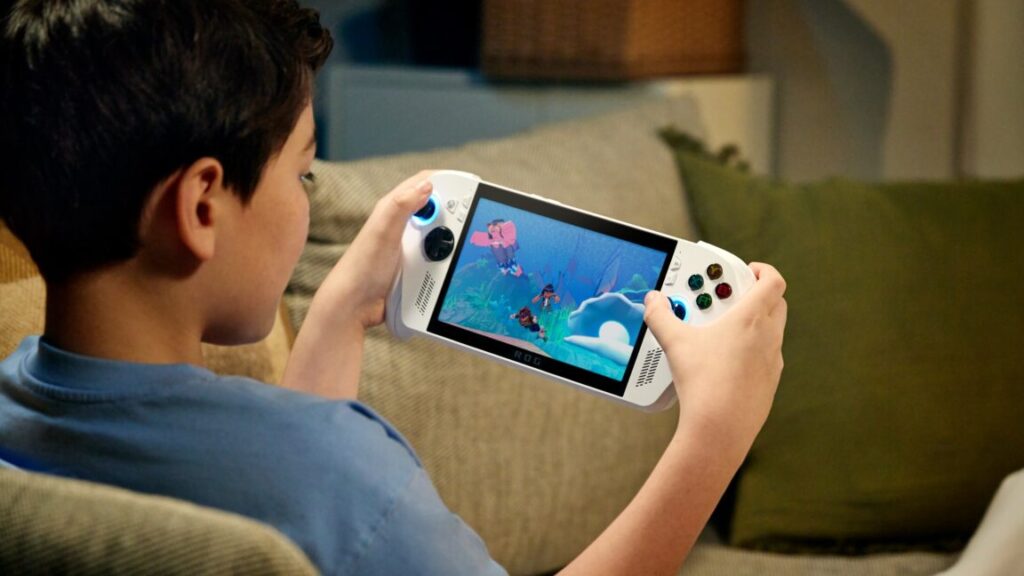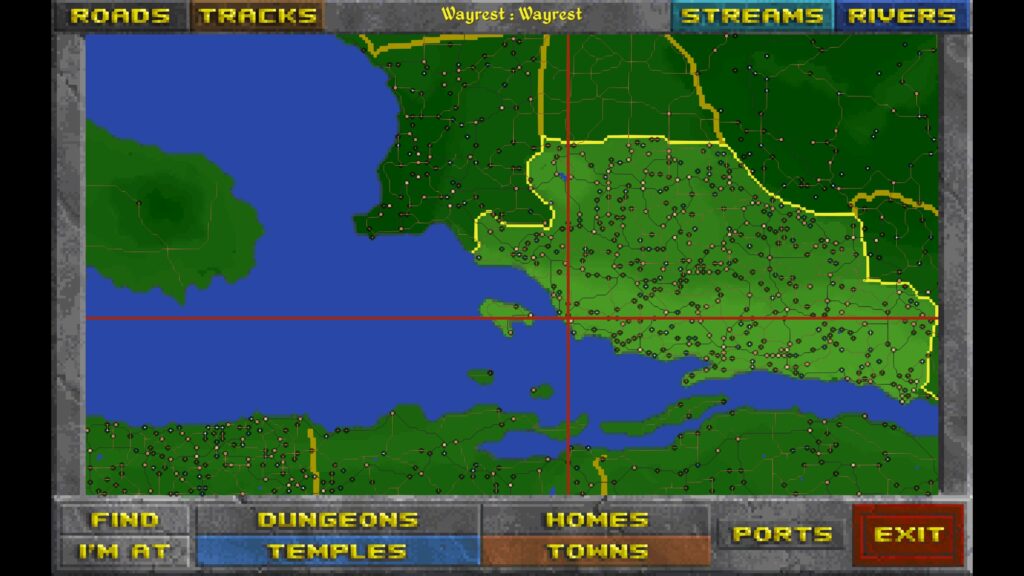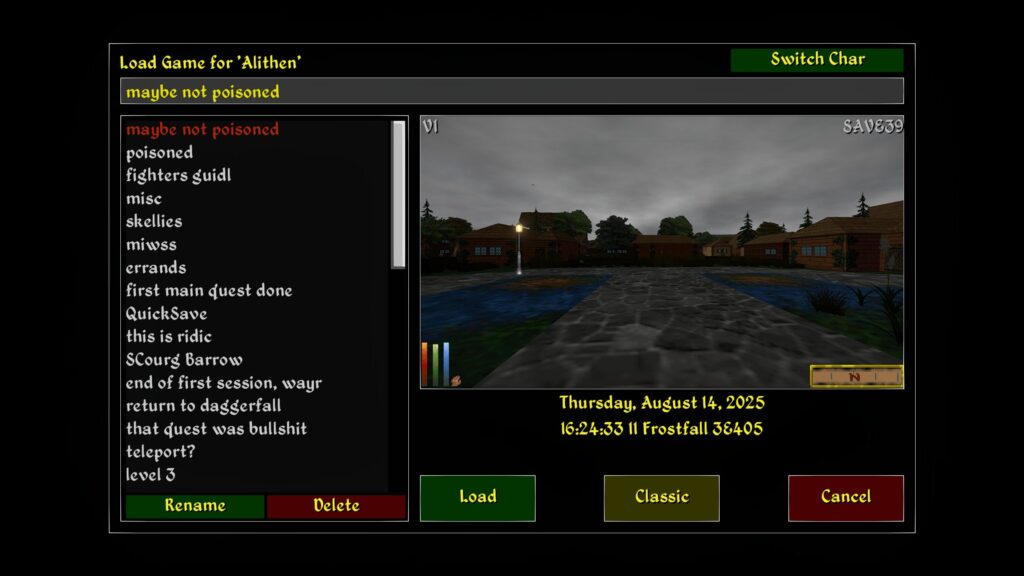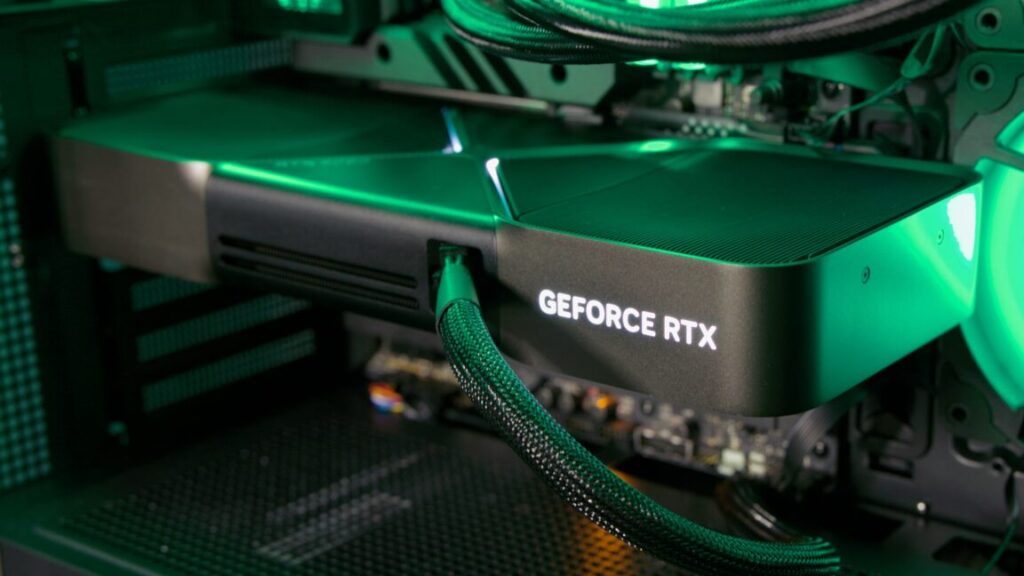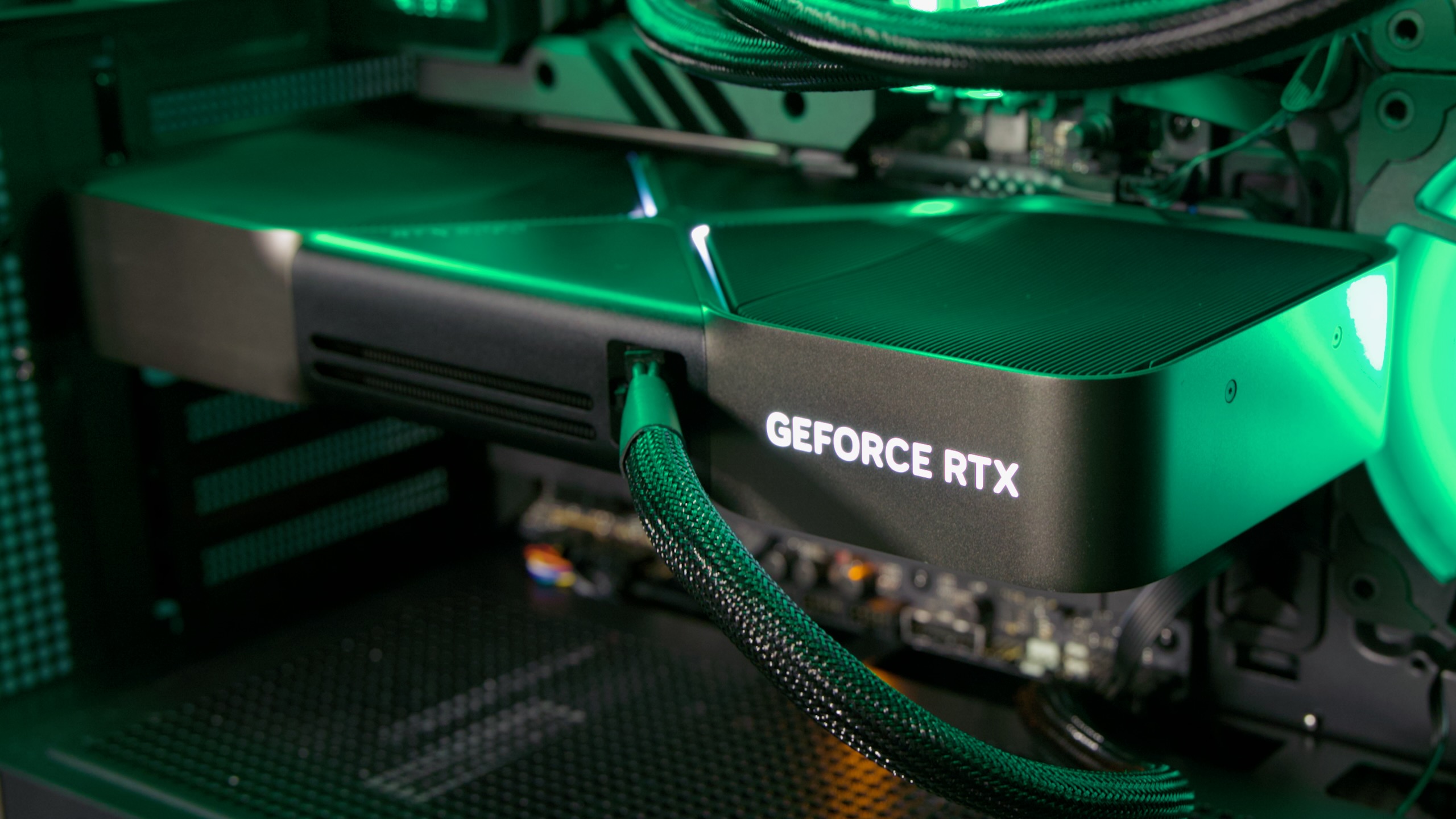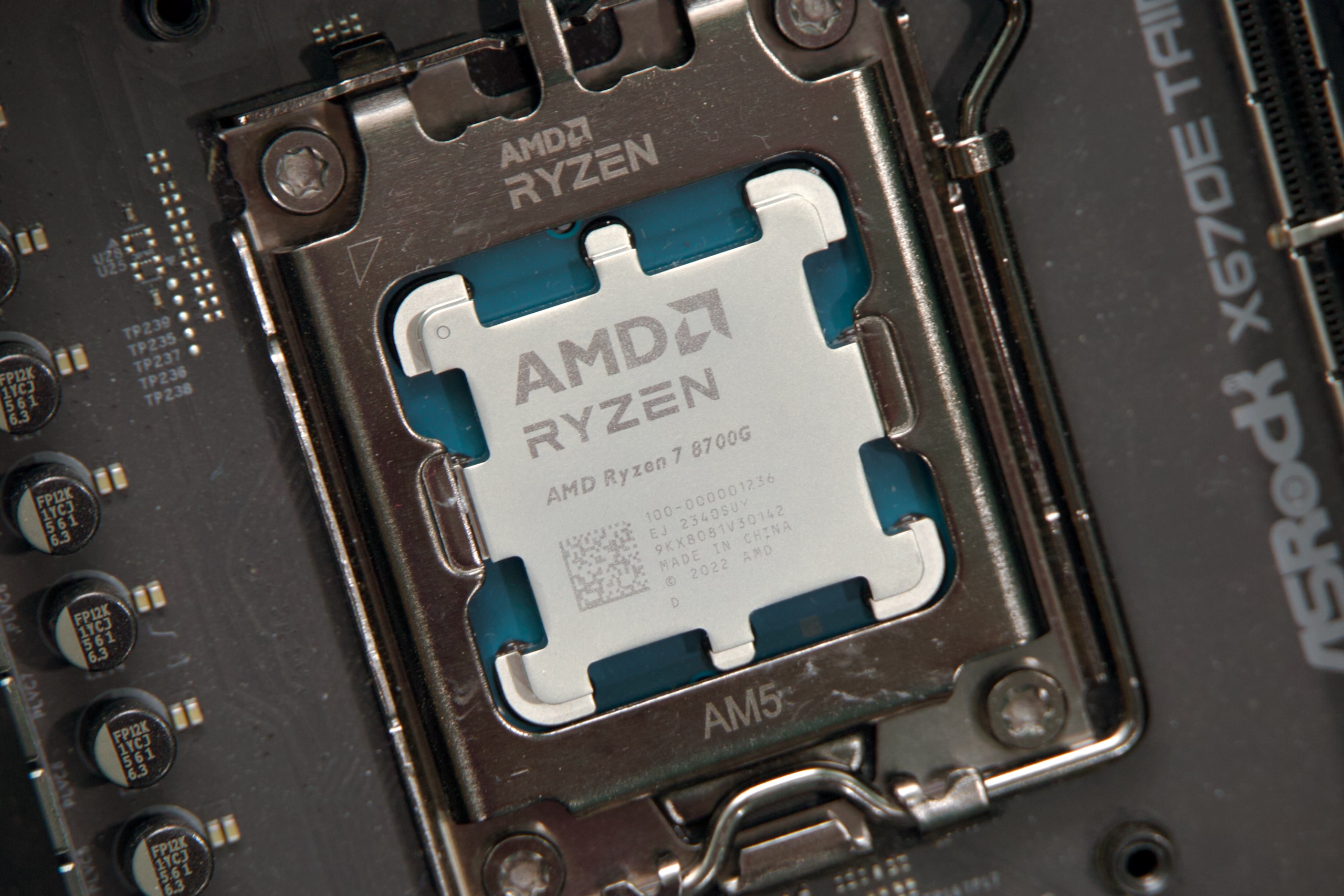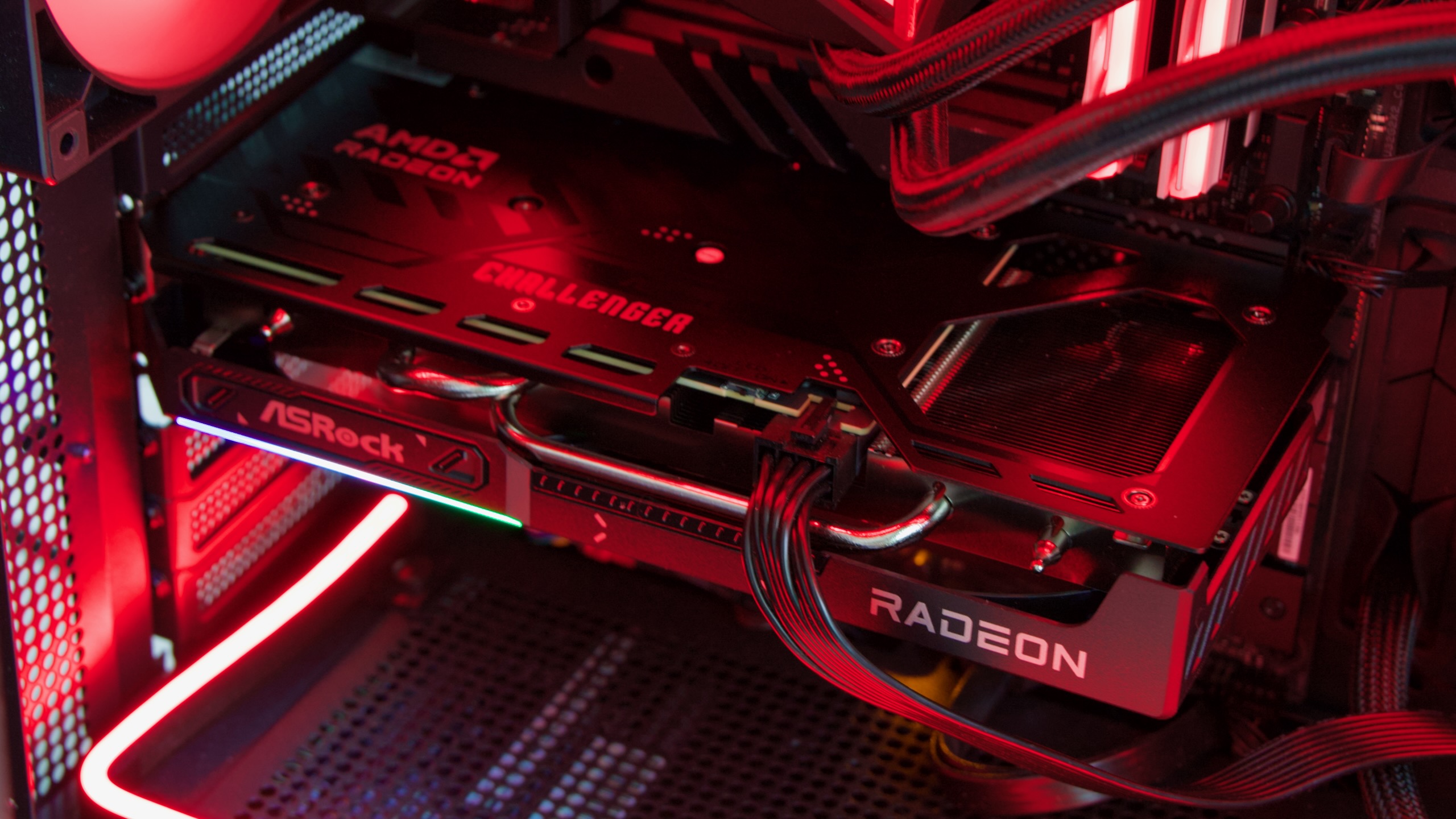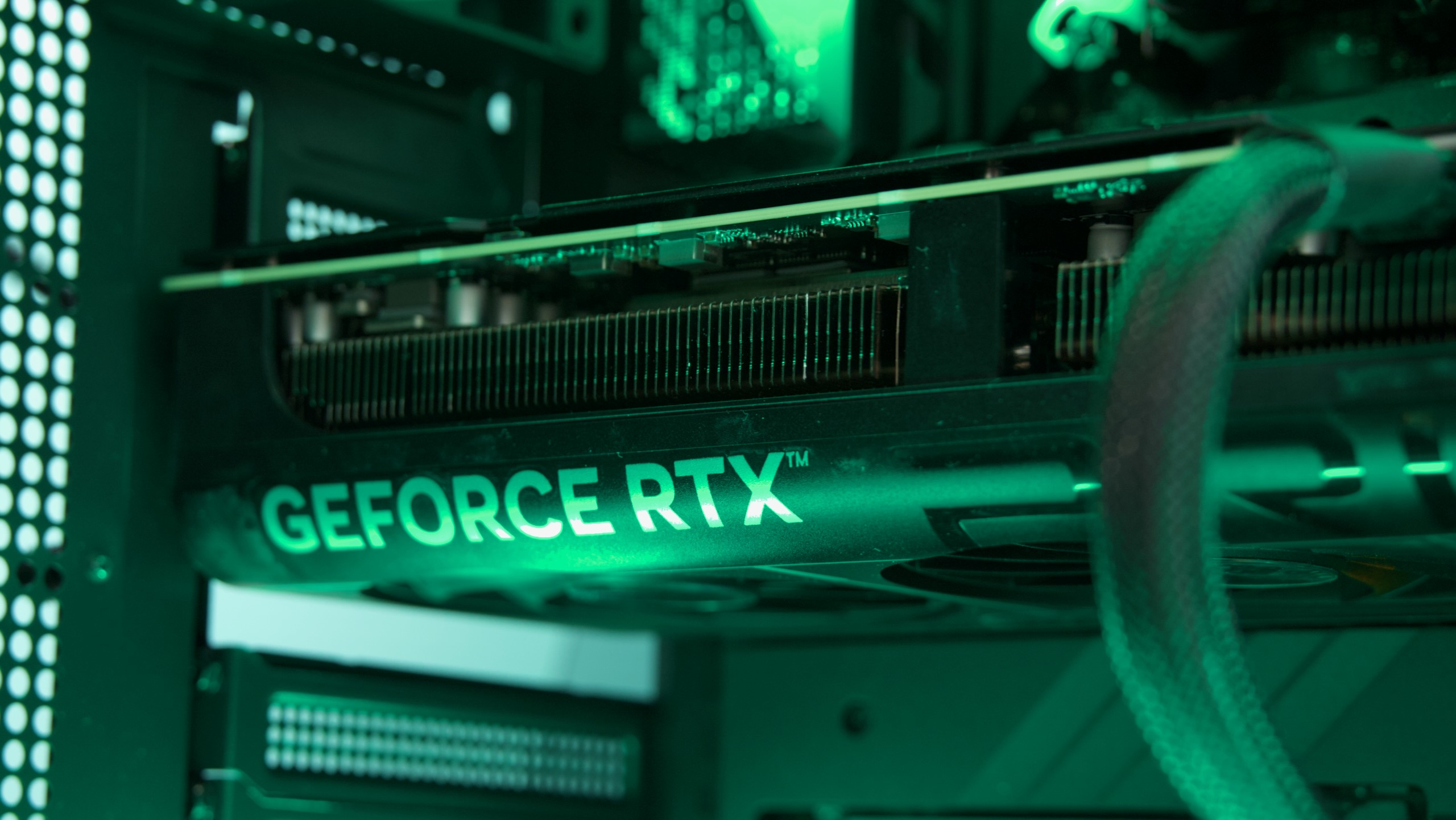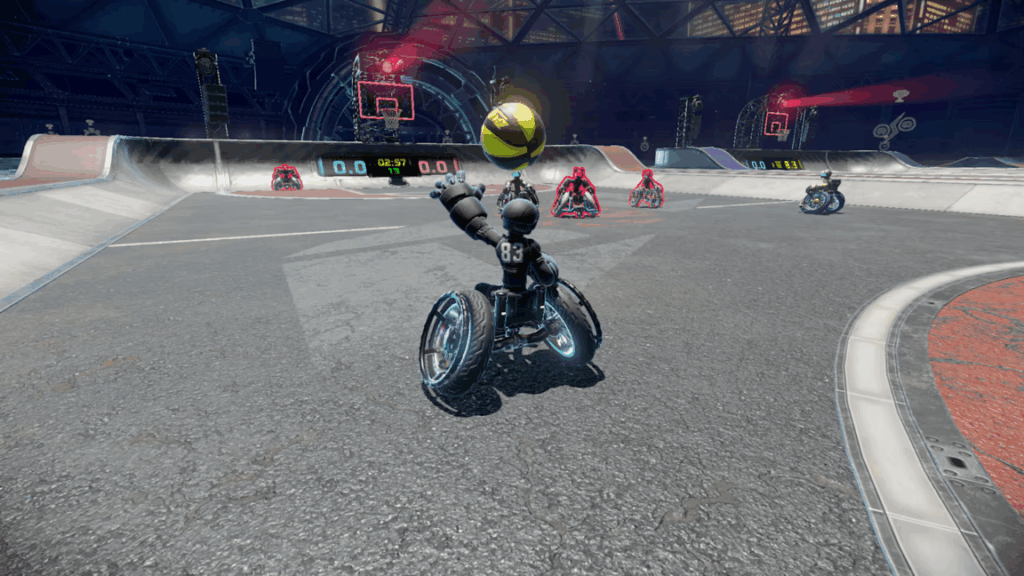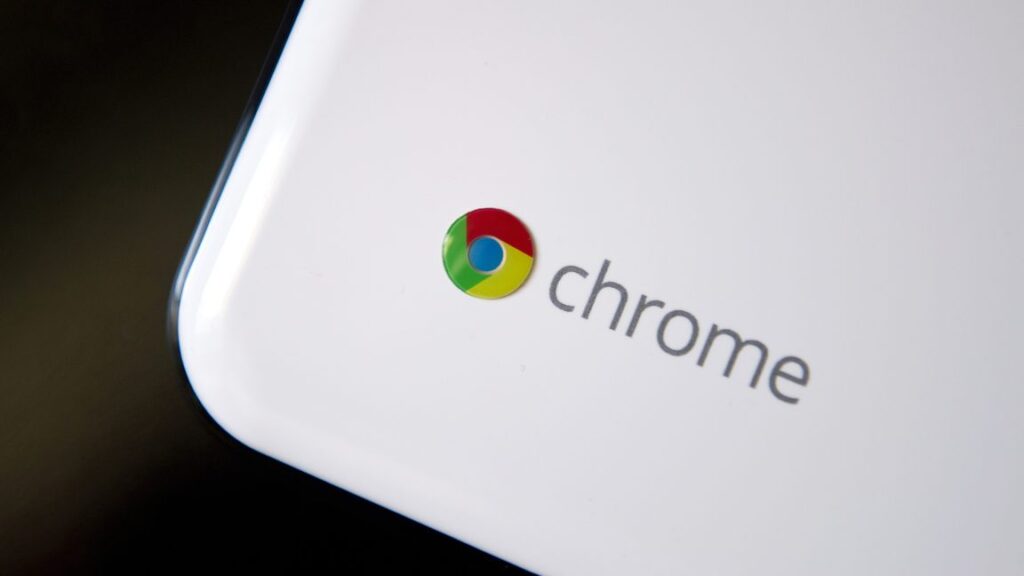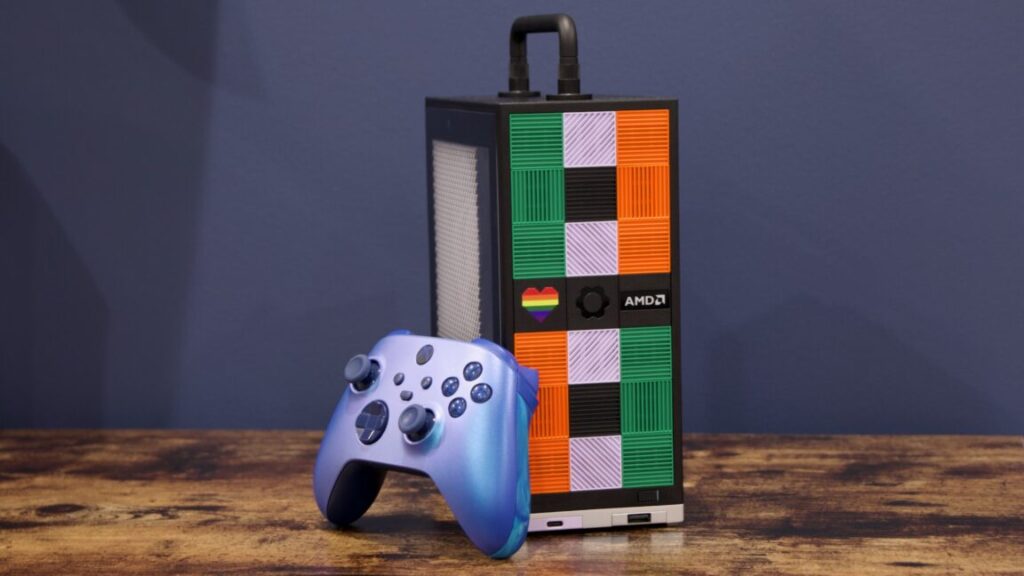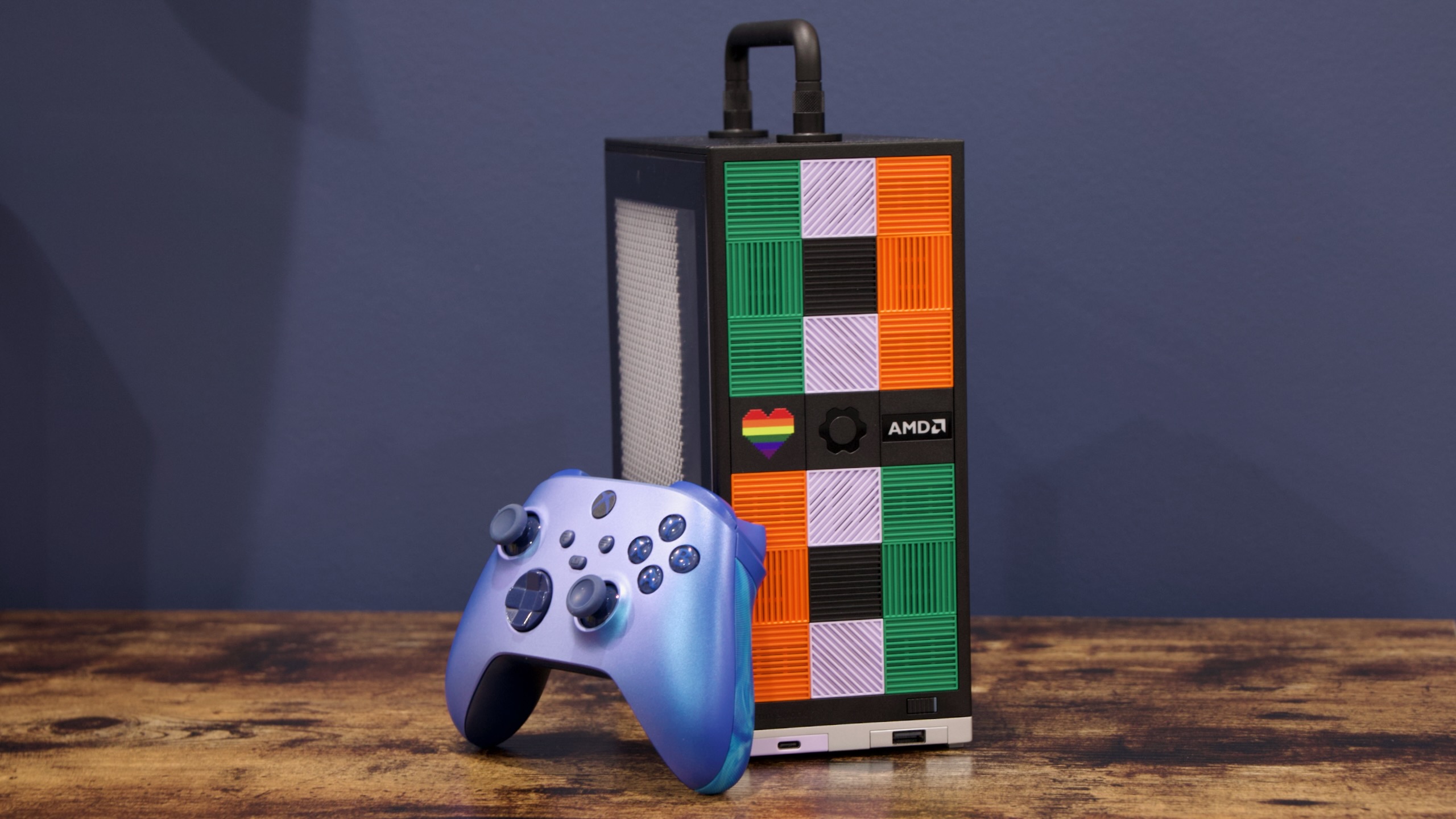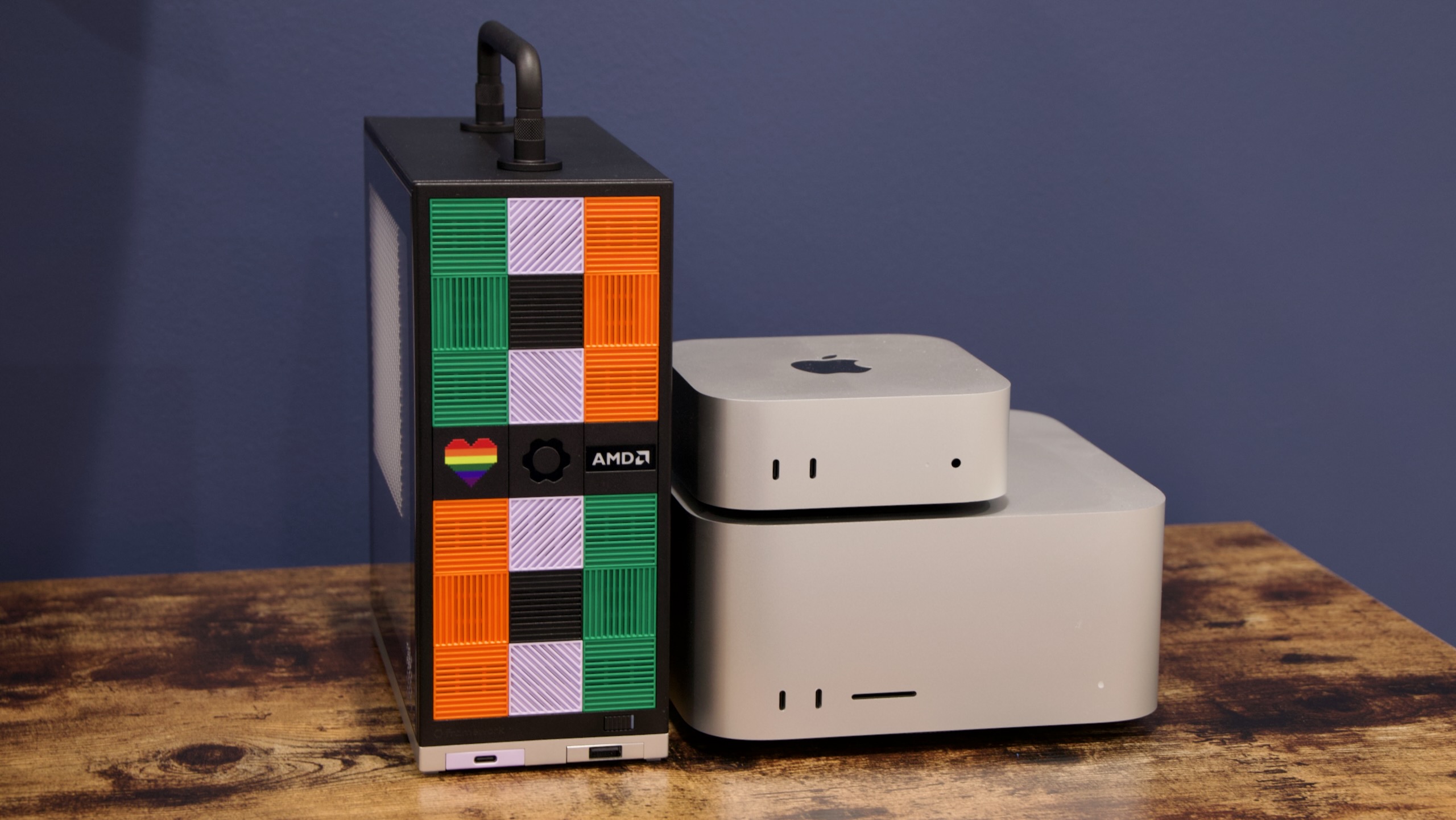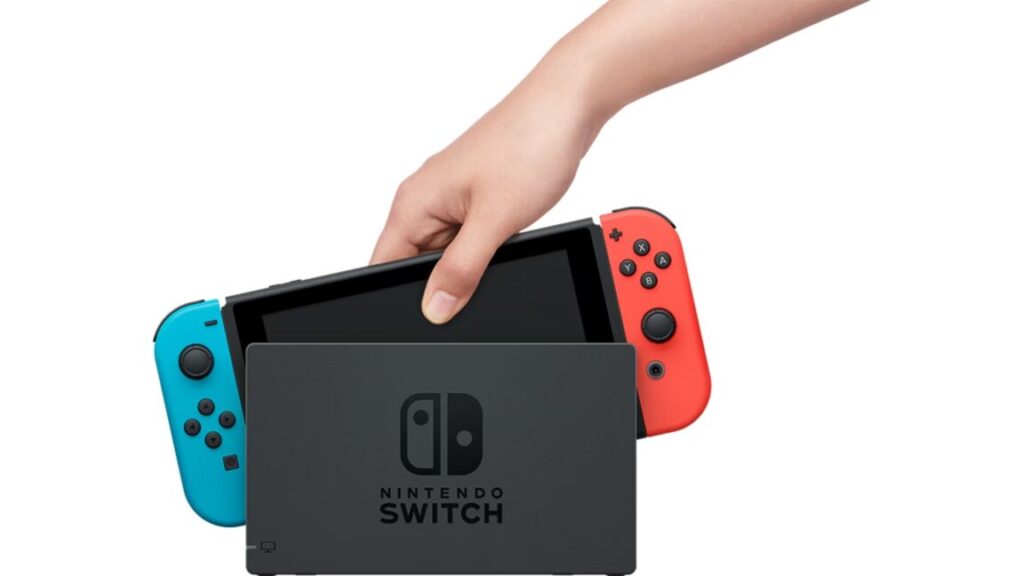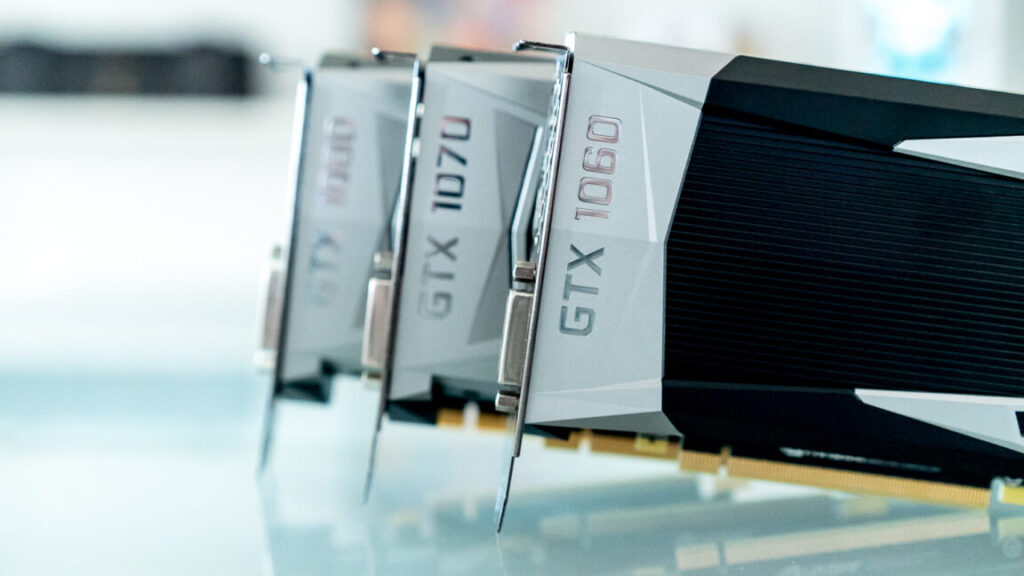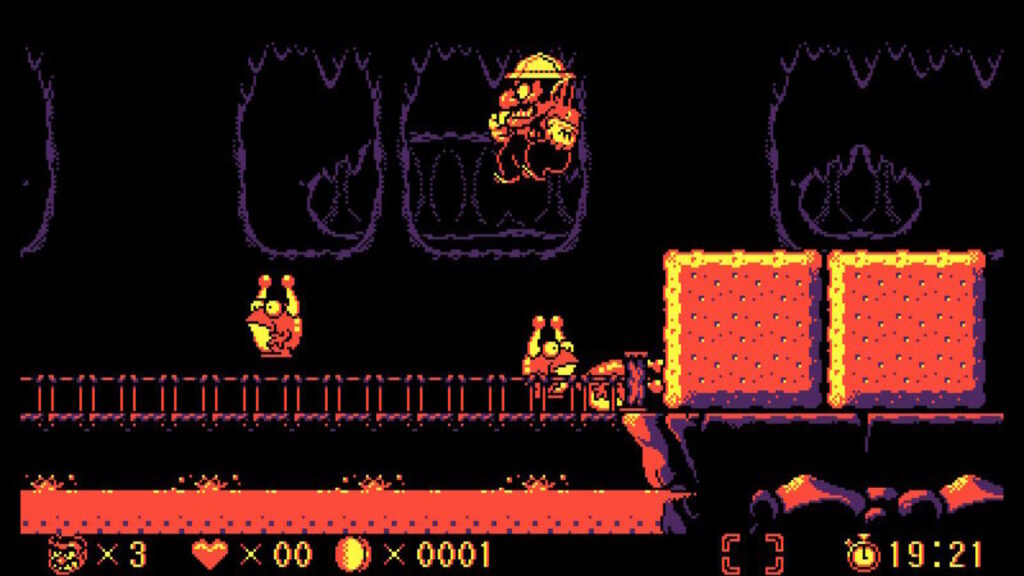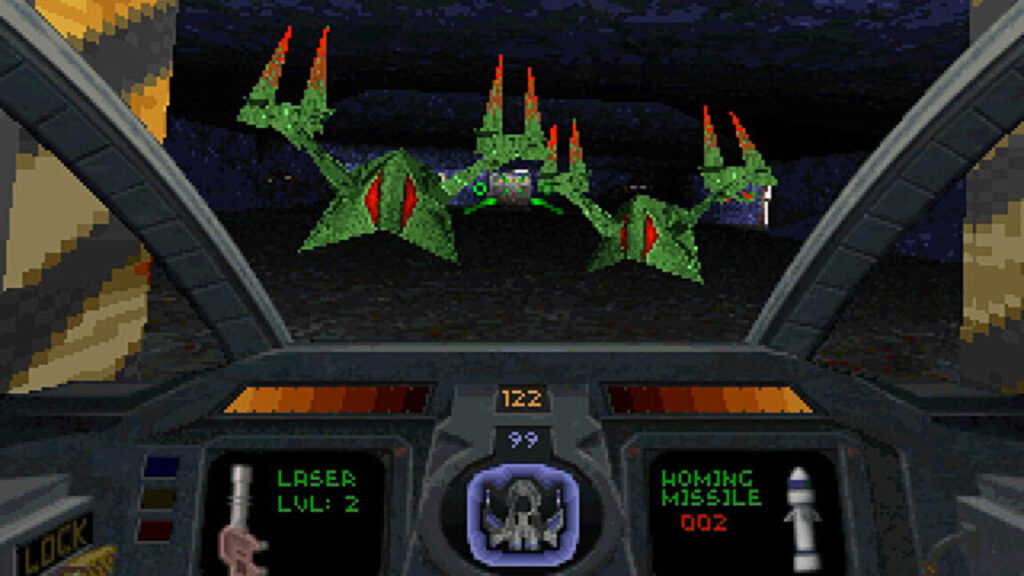Microsoft and Asus’ answers to SteamOS and the Steam Deck launch on October 16
Asus and Microsoft will be launching their ROG Xbox Ally series of handheld gaming PCs starting October 16, according to an Asus announcement that went out today.
An Xbox-branded extension of Asus’ existing ROG Ally handheld line, the basic ROG Xbox Ally and more powerful ROG Xbox Ally X, both run a version of Windows 11 Home that’s been redesigned with a controller-first Xbox-style user interface. The idea is to preserve the wide game compatibility of Windows—and the wide compatibility with multiple storefronts, including Microsoft’s own, Valve’s Steam, the Epic Games Store, and more—while turning off all of the extra Windows desktop stuff and saving system resources. (This also means that, despite the Xbox branding, these handhelds play Windows PC games and not the Xbox versions.)
Microsoft and Asus initially announced the handhelds in June. Microsoft still isn’t sharing pricing information for either console, so it’s hard to say how their specs and features will stack up against the Steam Deck (starting at $399 for the LCD version, $549 for OLED), Nintendo’s Switch 2 ($450), or past Asus handhelds like the ROG Ally X ($800).
Both consoles share a 7-inch, 1080p IPS display with a 120 Hz refresh rate, Wi-Fi 6E, and Bluetooth 5.4 support, but their internals are quite a bit different. The lower-end Xbox Ally uses an AMD Ryzen Z2 A chip with a 4-core Zen 2-based CPU, an eight-core RDNA2-based GPU, 512GB of storage, and 16GB of LPDDR5X-6400—specs nearly identical to Valve’s 3-year-old Steam Deck. The Xbox Ally X includes a more interesting Ryzen AI Z2 Extreme with an 8-core Zen 5 CPU, a 16-core RDNA3.5 GPU, 1TB of storage, 24GB of LPDDR5X-8000, and a built-in neural processing unit (NPU).
The beefier hardware comes with a bigger battery—80 WHr in the Ally X, compared to 60 WHr in the regular Ally—and that also makes the Ally X around a tenth of a pound (or 45 grams) heavier than the Ally.
Microsoft and Asus’ answers to SteamOS and the Steam Deck launch on October 16 Read More »
